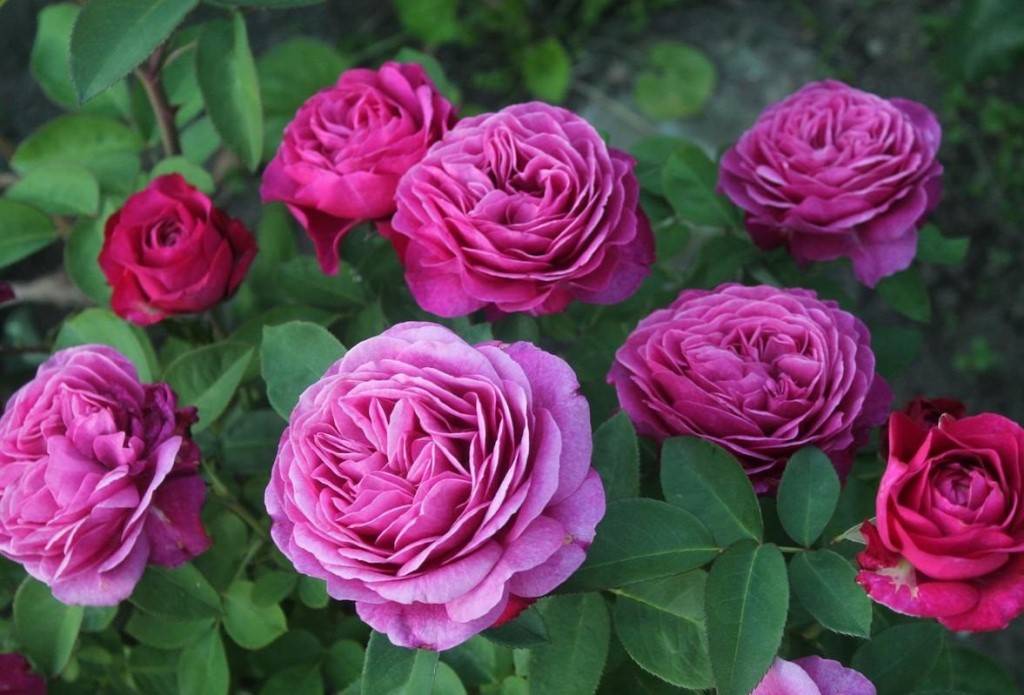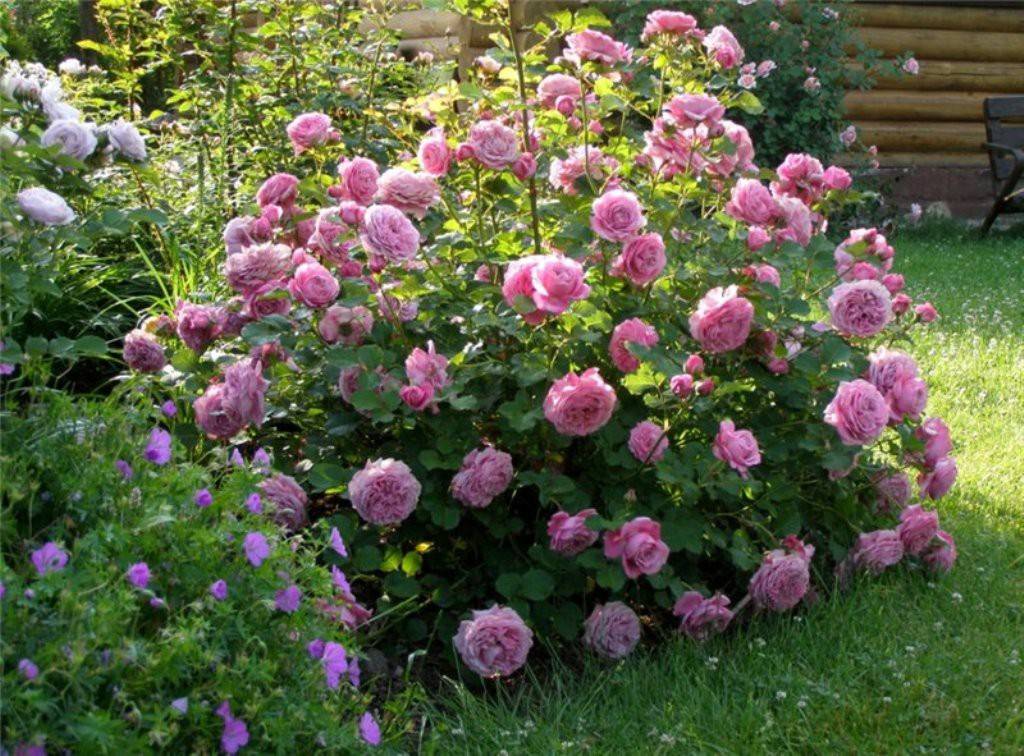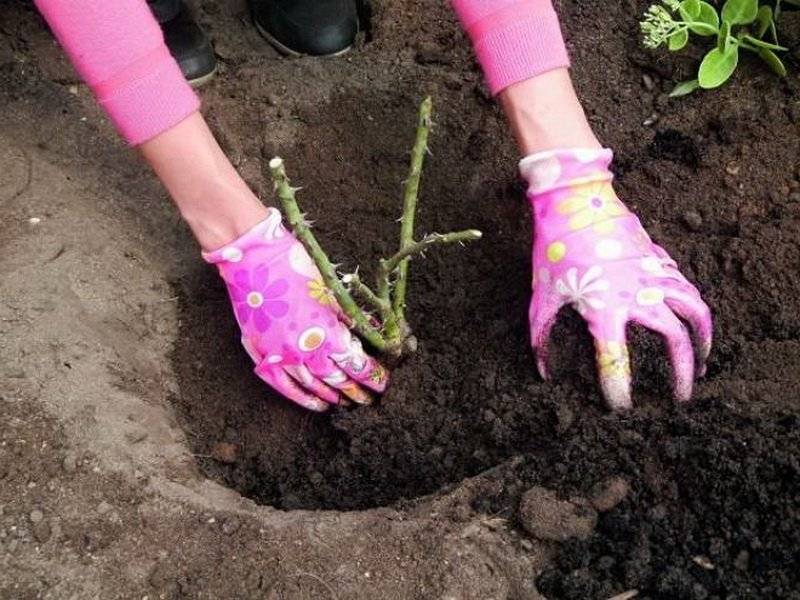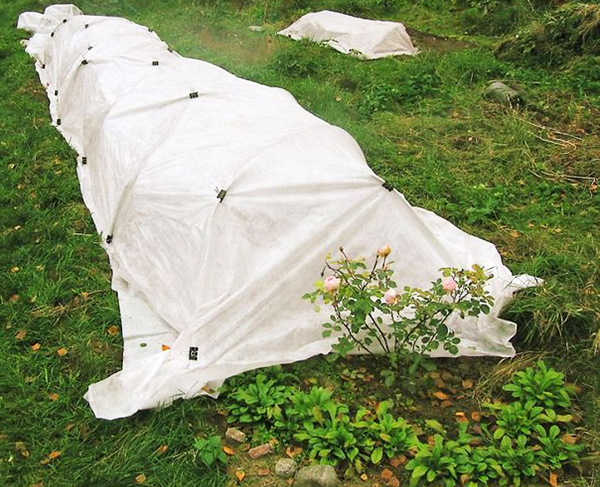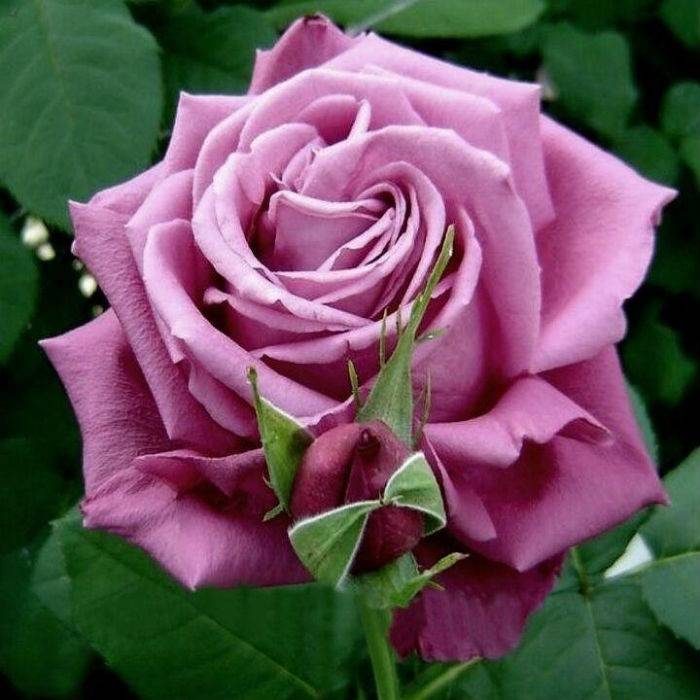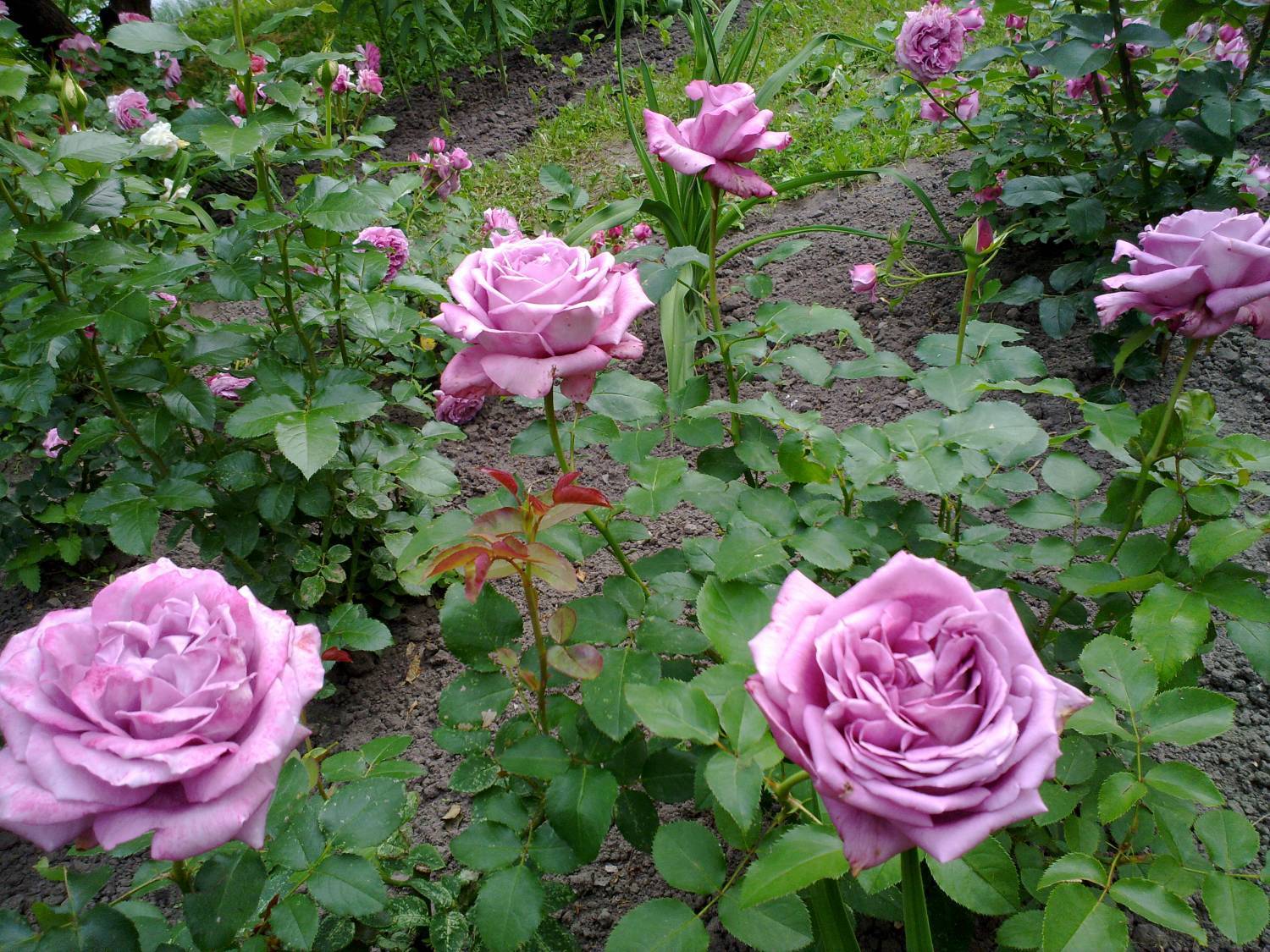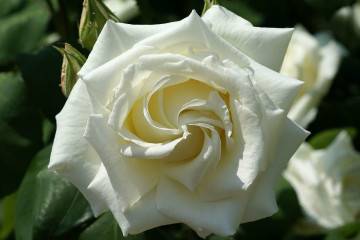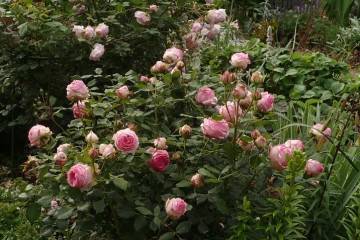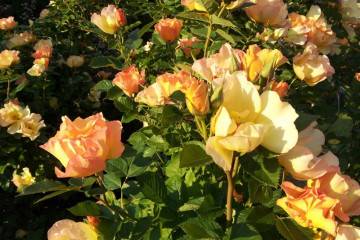Rose Claude Brasseur - characteristics of the variety
Content:
Rose Claude Brasseur is popular not only abroad, but also in Russia. It is distinguished from other varieties by its incredibly delicate lilac color. Dense satin buds are mesmerizing. This rose contains all the wonderful qualities of several subspecies involved in its creation.
Rose Claude Brasseur - what is this variety, the history of creation
Claude Brasseur (Claude Brasseur, MEIbriacus) is a hybrid tea rose, bred in 2006. Breeders of Meilland International worked on its creation. They named it in honor of the famous French actor, who was awarded the Cesar Prize for his amazing acting.
Brief description, characteristic
Claude Brasseur is a rose that has a magnificent lavender color and has a rich aroma with hints of verbena and citrus.
Claude Brasseur rose bushes are formed from erect shoots, reaching a height of about a meter, half a meter wide. Leaves are matte, dark green. The buds have a goblet shape. Each flower has about 75 petals. Blooming double petals reach 15 cm in diameter.
Shades of inflorescences vary from delicate lavender to deep purple. Flowers do not fade in the sun, do not crumble for more than 14 days.
Advantages and disadvantages of the variety
Advantages of the Claude Brasseur rose:
- high resistance to diseases: powdery mildew, black spot;
- resistance to low temperatures;
- long and abundant flowering from June to September;
- preservation of the shape of flowers up to a crescent;
Noble culture has one drawback. It is badly affected by precipitation: the buds close tightly, do not bloom, when raindrops hit them.
Use in landscape design
Rose Claude Brasseur looks great both in the form of a trunk and as a bush. Serves as an excellent means of decorating borders, flower beds, rose gardens. It goes well with different colors, looks great in contrast, gets along well with perennials. After cutting, it can stand in a vase for more than two weeks.
Growing a flower, how to plant it in open ground
For planting Claude Brasseur roses, seedlings are used that are grown in separate pots and are in the flowering stage. If you plant not one, but a couple of bushes at once, then it is necessary to leave 30 cm between the rows, and 50 cm between the bushes.Otherwise, frequent planting will contribute to the appearance of fungus, and rare overgrowth.
Planting pink seedlings is best done in spring in April and early May. Claude Brasseur is quite resistant to direct sunlight. However, he is afraid of the cold wind. A good place for planting would be an area with loamy soil, fertile and loose.
How to prepare the soil and flower for planting
Loamy soil with moderate moisture is the best place for rose bushes.Before planting, you should prepare a mixture of two parts of fertile soil, three parts of humus, two parts of river sand and one part of peat.
It is important to inspect all seedlings before planting. Remove weak and damaged parts, prune long shoots of the plant. The height norm for a seedling is 35 cm.
Planting procedure step by step:
- Dig a hole about half a meter deep.
- Fill the bottom with drainage.
- Cover the drainage layer with a compost-peat layer.
- Carefully place the seedling in the hole, straighten the roots.
- Without deepening the root neck of the seedling, sprinkle the hole with earth.
Water well at the end.
Plant care
Like any garden beauty, a rose requires special care. But if all the rules are followed, it will not be difficult to get abundantly flowering bushes.
Watering rules and humidity
Rose Claude Brasseur requires regular soil moisture: every 3 days, as the soil dries out. It is better to water the plant with heated, warm water. After watering, be sure to loosen the soil for better air permeability.
Top dressing and soil quality
Nitrogen fertilizers are necessary for the plant in the spring. During the period of active bud formation, rose bushes need specialized mineral compositions every couple of weeks.
Pruning and replanting
After the snow has melted, spring pruning should be done. Rid the bush of old and weak shoots. In the fall, it is best not to prune the plant, you can limit yourself only to hilling the bush. The transplant takes place in April May.
Features of wintering a flower
The bush can withstand low temperatures only after the autumn hilling and covering the bushes with spruce branches.
Blooming rose
Claude Brasseur is distinguished by abundant long flowering. The buds bloom in June. The rose bush finishes blooming only at the end of September. On hot summer days, the flower also takes breaks from flowering. The opened buds stay on the bushes for more than a half moon.
Care during and after flowering
After the end of the first wave of flowering, wilted buds should be cut off. With a strong growth of the rose, excess branches can be removed only in the fall. During flowering, the bush needs fertilization.
What to do if it does not bloom, possible reasons
Reasons for the absence of inflorescences in a rose:
- unsuccessful landing site;
- strong pruning;
- improperly organized watering;
- oppresses root shoots;
- cases of fire blight under cover;
- natural aging process.
Having found the cause, you should immediately help the plant. Otherwise, lush flowering cannot be achieved.
Flower propagation
Dividing the bush is the most successful way to propagate the Claude Brasseur hybrid tea rose. Also, the plant can be propagated by cuttings and layering. All procedures are best done in spring, so that the bush has time to get stronger by winter.
Detailed description:
- The bush of the mother's rose must be dug up.
- Divide into several parts.
- Carefully consider each part and choose the strongest shoot, remove the rest.
- Plant the separated parts of the bush in the soil.
At the end of planting, water and sprinkle all the seedlings abundantly.
Diseases, pests and ways to control them
Despite the fact that the Claude Brasseur rose is a fairly resistant variety, it still needs preventive measures, since during prolonged rains there is a chance of contracting black spot or powdery mildew.
In order to help the rose avoid fungal infections, it should be treated with special preparations 2 times per season.If pests appear on the bushes, it is recommended to immediately cut off and burn the affected areas, treat the rose with an insecticide.
Observing the simple rules of agricultural technology, you can grow a decoration for the garden plot - the Claude Brasseur rose. Not only the tempting description of the rose by Claude Brasseur, but also its magnificent view will not leave indifferent any amateur gardener. Neat rose bushes, cold resistance, high resistance to fungal diseases will fully pay off the efforts made.

